Selecting Durometer: When selecting a Squeegee, the first task is to determine your desired durometer, or hardness. The durometer is the value that reflects the physical hardness of the Squeegee material. The Squeegee durometer values from 50A to 95A. This is measured by a durometer gauge, and measured based on standards established by ASTM procedures. (American Standard Testing materials) . For the sake of simplicity, we will call soft – 60A, medium – 70A, and 80A – a hard Squeegee, and 90A -extra hard. Plastics/Squeegees are measured in various scales of hardness. Shore A scale is the most widely used for measuring Squeegee material. The values are based on readings There are many different styles of durometer gauges available on the market. All of the durometer gauges on the market have a dial indicator with a small needle head that measures the hardness of the Squeegee. A durometer gauge is identical to a tension meter. Like a tension meter, a durometer gauge should be calibrated on a regular basis. (1 time per year). The small needle head penetrates into the material, and indicates the hardness of the rubber. Typically the substrate and the screen mesh will directly determine the durometer selected. For example, if the substrate has an irregular or rough surface and requires a coarse mesh, then a squeegee with a durometer between 60 and 70A is recommended. If the substrate is smooth, however, and a high mesh count is being used, a harder durometer squeegee between 80 and 90, should be used. The most popular durometer regardless of industry specific, is the 70 durometer blade. Why? The Squeegees job is to shear the ink, and transfer the ink through the screen. So, the blade needs to be rigid enough for this, yet needs to be soft enough to adapt to the contour of the Screen. A 70 durometer blades gives the printer the best of both worlds. A softer blade, but not soft enough to the point where it will roll over and loose ink shear. See diagram below: Middle of the road makes the most sense when it comes to Squeegee selection. However, ink is also a determining factor when selecting the durometer of the Squeegee. The more aggressive inks such as UV inks cause more harm to the blade than a standard plastisol or water based ink. The harder the material, the more solvent resistant the blade. Therefore, to eliminate swelling and chemical breakdown, use a harder durometer Squeegee. The printing equipment itself can also affect squeegee choice. Hard durometer Squeegees are normally recommended for use on high speed automatic presses due to the high degree of abrasion that occurs during a production run. Softer durometers Squeegees are typically used for low-pressure low speed manual and semi-automatic presses. The harder the material, the lower the coefficient of friction, and the less abrasion on the screen. The Squeegee durometer directly affects the way the ink is deposited. A soft Squeegee will deposit a thicker layer of ink than a harder Squeegee. Thus, a soft Squeegee would be used for putting a full coverage image onto the substrate. Most manufacturers of Polyurethane Squeegees color-code their Squeegees based on the hardness of the material. By color-coding, it makes the Squeegee easier to define for a particular job. For Example, one manufacturer has a color scheme of 60A – red, 70A green, and 80A blue. Others use an orange, blue, and red color-code system. Unfortunately, there aren’t any standards for colors. The printer knows if they want a heavy ink deposit, they should use a 60 durometer, but it could be red or orange, or even another color. For best results, the printer should invest in a durometer gauge.
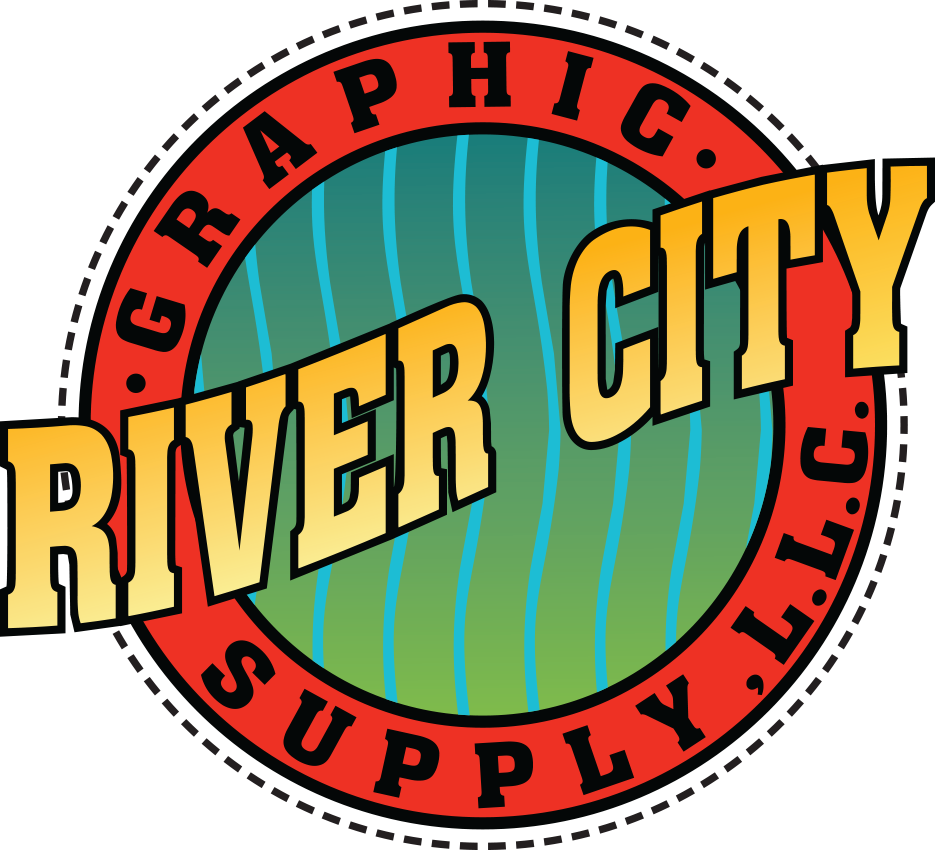
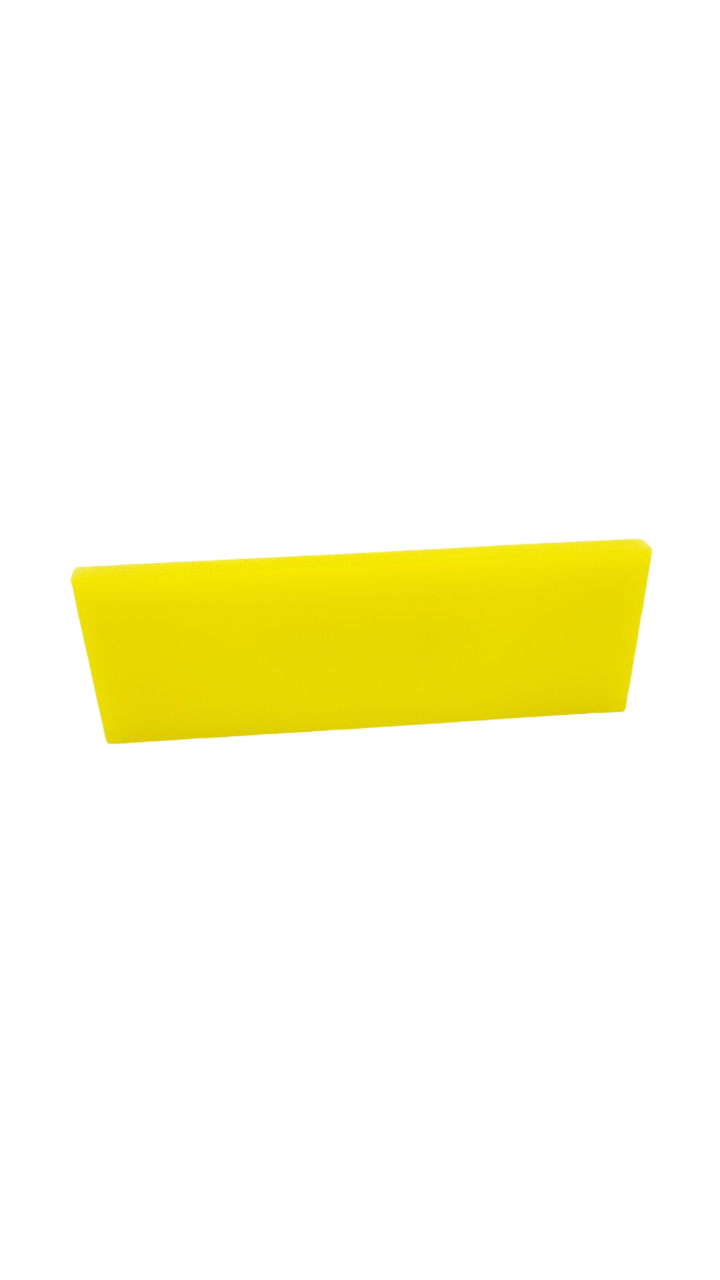
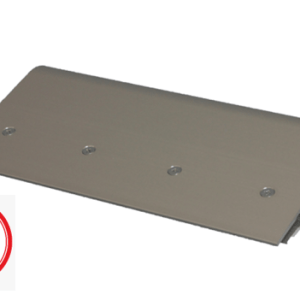
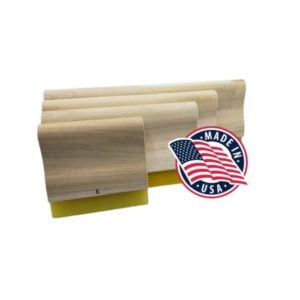
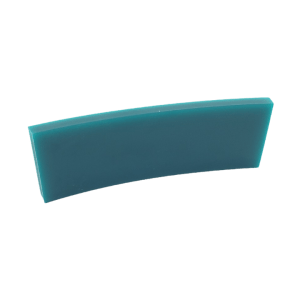
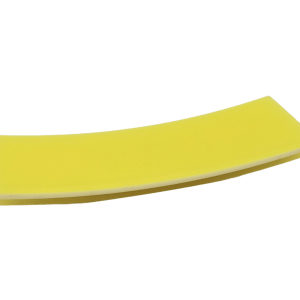
Reviews